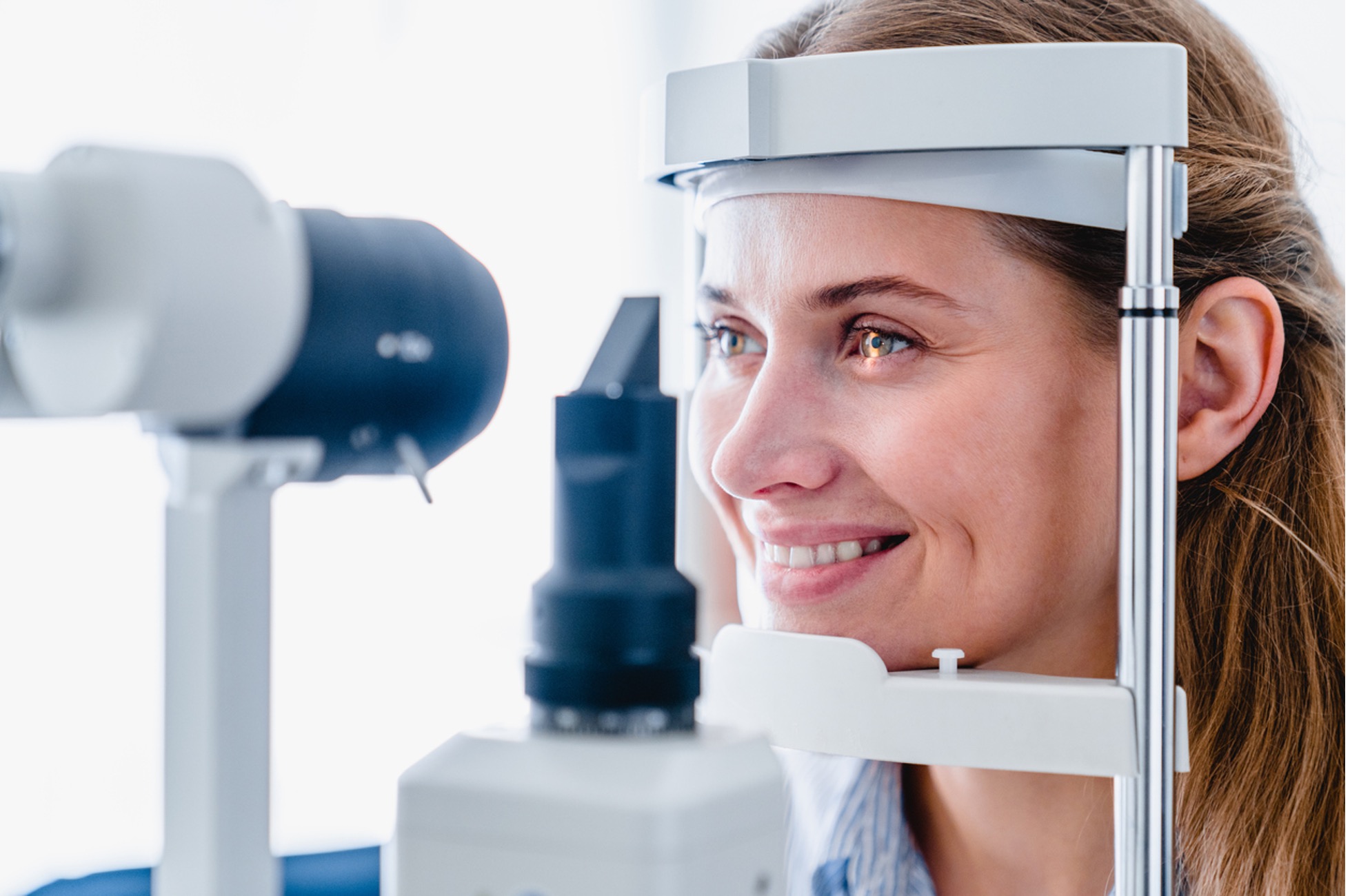The Role of Advanced Diagnostic Equipment in Identifying Eye Disorders
In the world of ophthalmology, the application of sophisticated diagnostic tools has actually changed the very early recognition and management of numerous eye problems. From detecting refined changes in the optic nerve to keeping track of the development of retinal illness, these innovations play an essential function in improving the accuracy and performance of detecting ocular problems. As the need for specific and prompt medical diagnoses proceeds to expand, the integration of sophisticated tools like optical comprehensibility tomography and aesthetic field testing has ended up being vital in the world of eye treatment. The complex interplay between innovation and sensory techniques not only sheds light on elaborate pathologies but also opens up doors to tailored treatment methods.
Significance of Early Diagnosis
Early medical diagnosis plays a crucial duty in the efficient management and treatment of eye conditions. By finding eye problems at an early phase, medical care service providers can supply proper therapy plans customized to the details problem, ultimately leading to much better results for clients.

Innovation for Discovering Glaucoma
Advanced analysis technologies play a vital role in the very early discovery and monitoring of glaucoma, a leading root cause of irreversible blindness worldwide. One such technology is optical coherence tomography (OCT), which provides in-depth cross-sectional pictures of the retina, enabling the measurement of retinal nerve fiber layer density. This dimension is important in examining damages triggered by glaucoma. One more sophisticated device is aesthetic area screening, which maps the level of sensitivity of an individual's aesthetic field, helping to identify any kind of locations of vision loss characteristic of glaucoma. Additionally, tonometry is used to gauge intraocular stress, a significant threat factor for glaucoma. This examination is critical as elevated intraocular stress can lead to optic nerve damages. Furthermore, more recent innovations like the usage of artificial knowledge formulas in analyzing imaging information are revealing encouraging cause the early detection of glaucoma. These advanced analysis devices make it possible for eye doctors to detect glaucoma in its onset, permitting timely treatment and better monitoring of the disease to avoid vision loss.
Function of Optical Coherence Tomography

OCT's capability to measure retinal nerve fiber layer thickness enables for exact and unbiased measurements, helping in the very early discovery of glaucoma also prior to visual area problems end up being obvious. In general, OCT plays a critical function in improving the diagnostic precision and administration of glaucoma, ultimately contributing to better results for people at risk of vision loss.
Enhancing Medical Diagnosis With Visual Area Screening
A crucial part in comprehensive ocular analyses, visual area screening plays a critical role in improving the analysis procedure for different eye problems. By evaluating the complete level of an individual's aesthetic area, this test gives crucial information regarding the functional integrity of the entire visual path, from the retina to the aesthetic cortex.
Aesthetic field testing is particularly useful in the diagnosis and administration of conditions such as glaucoma, optic nerve problems, and numerous neurological illness that can affect vision. With quantitative dimensions of peripheral and central vision, medical professionals can discover refined modifications that may suggest the presence or development of these conditions, even prior to visible symptoms take place.
Moreover, aesthetic area testing permits the tracking of treatment efficacy, assisting eye doctors tailor healing interventions to private patients. eyecare near me. By tracking modifications in aesthetic field efficiency with time, health care service providers can make enlightened choices about changing drugs, suggesting surgical interventions, or executing various other appropriate look what i found steps to maintain or improve a client's aesthetic function
Handling Macular Deterioration

Verdict
To conclude, advanced analysis devices play an important duty in identifying eye conditions beforehand. Technologies such as Optical Coherence Tomography and aesthetic field testing have substantially improved the accuracy and efficiency of detecting problems like glaucoma and macular deterioration. Early detection permits prompt treatment and monitoring of these conditions, inevitably causing much better results for people. It is critical for medical care specialists to stay upgraded on these improvements to provide the most effective feasible look after their clients. eyecare near me.
 Alicia Silverstone Then & Now!
Alicia Silverstone Then & Now! Devin Ratray Then & Now!
Devin Ratray Then & Now! Marla Sokoloff Then & Now!
Marla Sokoloff Then & Now! Macaulay Culkin Then & Now!
Macaulay Culkin Then & Now! Tina Majorino Then & Now!
Tina Majorino Then & Now!